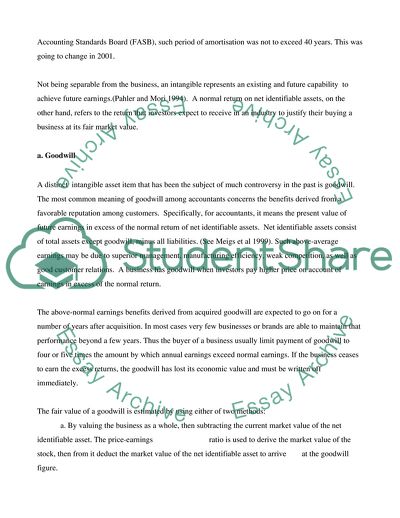Cite this document
(Intangible Assets Term Paper Example | Topics and Well Written Essays - 2750 words, n.d.)
Intangible Assets Term Paper Example | Topics and Well Written Essays - 2750 words. https://studentshare.org/finance-accounting/1731252-intangibles
Intangible Assets Term Paper Example | Topics and Well Written Essays - 2750 words. https://studentshare.org/finance-accounting/1731252-intangibles
(Intangible Assets Term Paper Example | Topics and Well Written Essays - 2750 Words)
Intangible Assets Term Paper Example | Topics and Well Written Essays - 2750 Words. https://studentshare.org/finance-accounting/1731252-intangibles.
Intangible Assets Term Paper Example | Topics and Well Written Essays - 2750 Words. https://studentshare.org/finance-accounting/1731252-intangibles.
“Intangible Assets Term Paper Example | Topics and Well Written Essays - 2750 Words”. https://studentshare.org/finance-accounting/1731252-intangibles.


